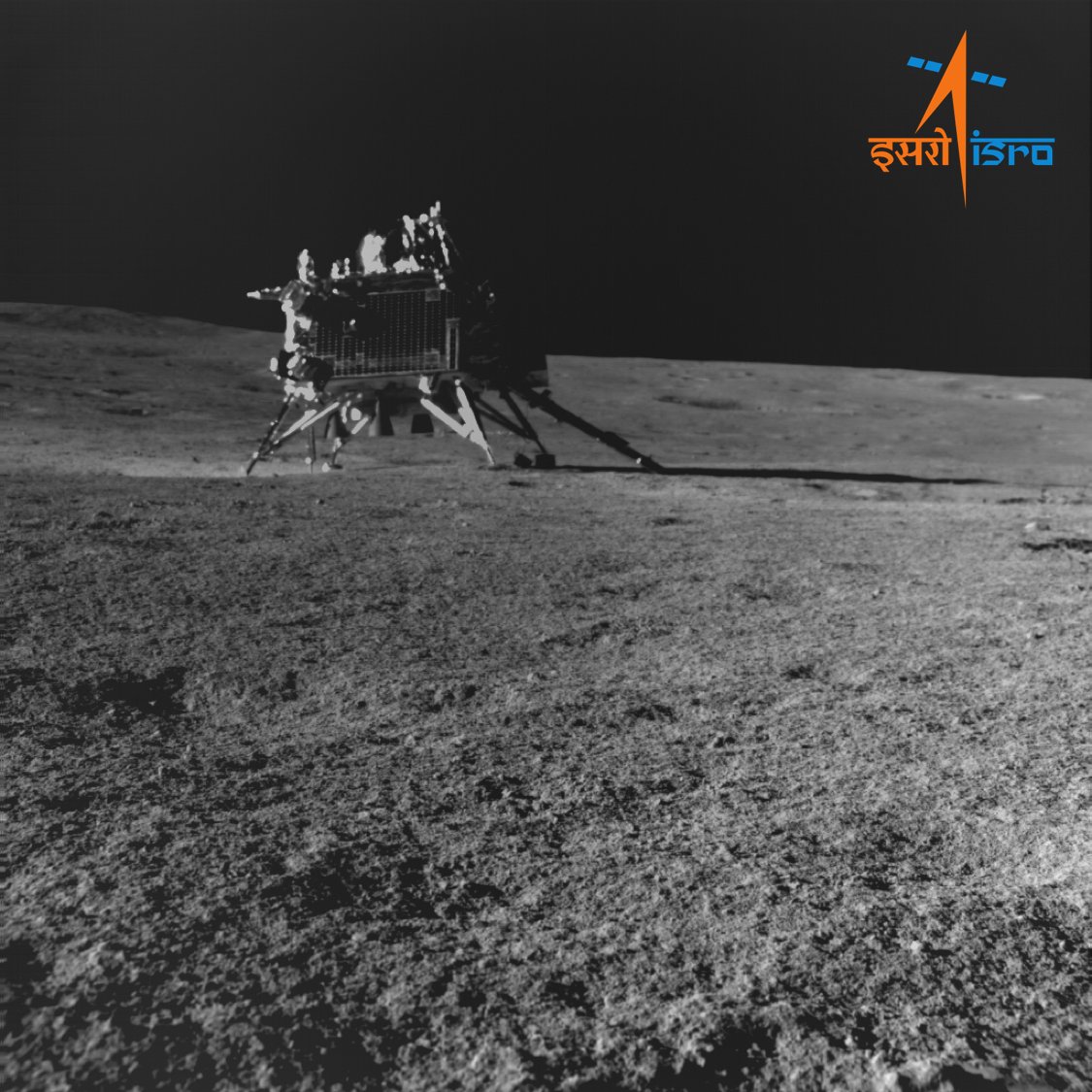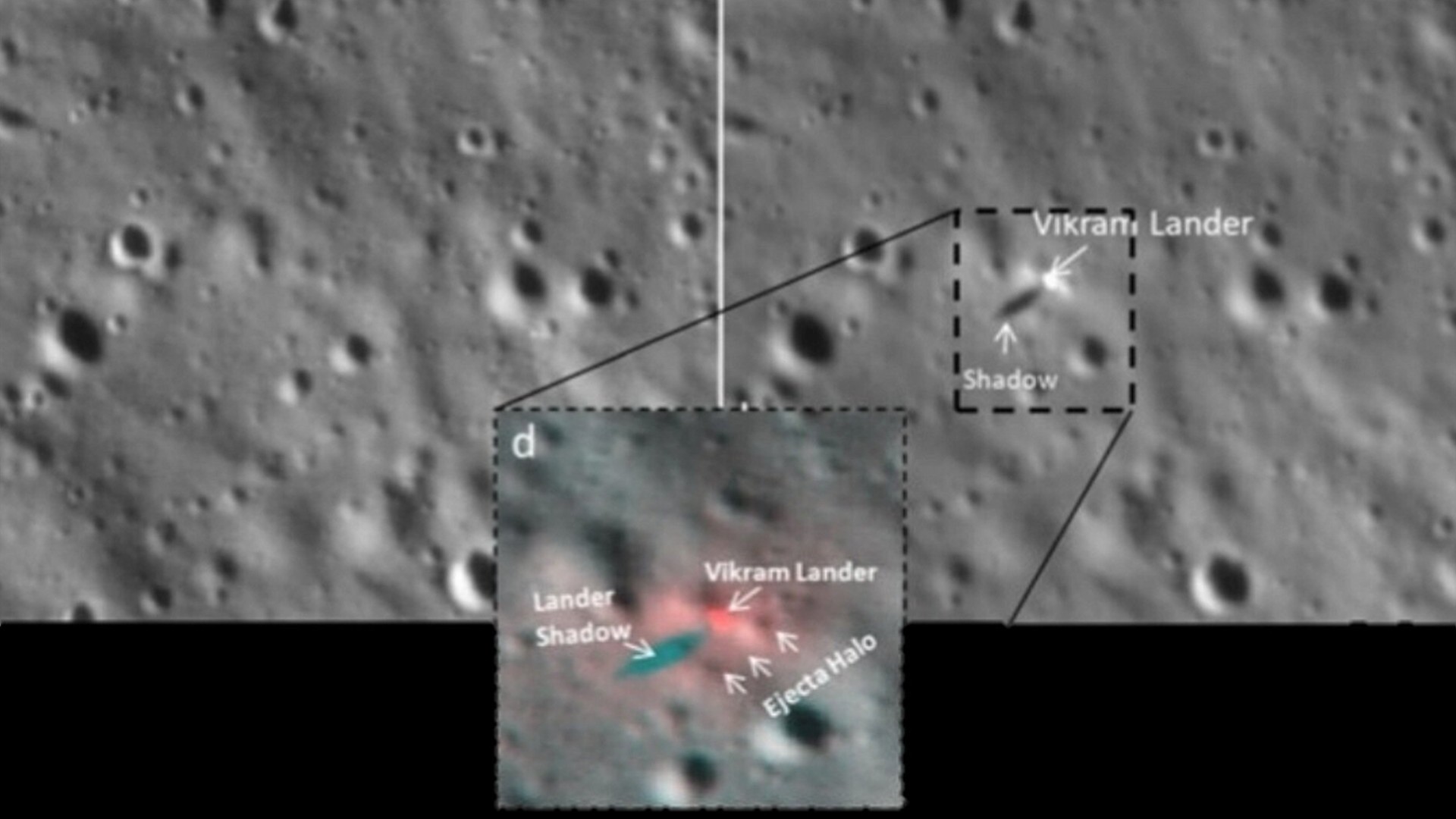The Vikram lander of the Chandrayaan-3 mission has not yet responded to requests from the Indian Space Research Organization (ISRO). It may not have been able to survive the cold, moonlit night. But the fact of its successful landing on the surface of the Moon became an important milestone in the history of space research; thanks to it, India became the fourth country to conquer our natural satellite. Only the Soviet Union, the United States and China could do this before.

ISRO shared the data collected during the short Chandrayaan-3 lunar mission. The picture is complemented by the Chandrayaan-2 orbiter. It also took part in the research. Its cameras managed to capture the moment of Vikram’s landing. During the descent, the lander’s engines raised a huge column of lunar dust covering an area of 108 m². Its total weight was about two tons.

Scientists discovered a dust halo based on changes in the reflectivity of the upper layers of lunar dust. They believe that the loss of the integrity of the epiregolith (subsurface regolith) caused an increase in photometric scattering and an anomaly in the reflectivity of the area near the Vikram lander. Thus, Chandrayaan-2 helped to mark the success of the Chandrayaan-3 probe and also received an important scientific result.
Continuation of the Chandrayaan-2 mission
Chandrayaan-2 was launched in July 2019. It was supposed to land the lunar rover in the southern polar region of the Moon. Despite the fact that its lander could not successfully complete its mission due to a loss of communication during descent, the orbiter continued to perform scientific tasks. It created a detailed map of the lunar terrain and carried out high-resolution surveys of the Moon’s surface.
Thanks to the successful landing on the Moon, India has reached new heights in the conquest of space and has determined its place among the leading space powers of the world. This big step has also become an incentive for other countries planning to conquer our natural satellite.
Future NASA and iSpace missions
NASA is funding a series of missions under the Artemis program that are scheduled to go to the Moon as early as 2024. The Japanese company iSpace has also already tried to land a robot on the lunar surface. All this indicates that the research of our space neighbor remains an actual section of space science, and future missions promise to bring even more interesting discoveries.
Earlier we reported that China denied Chandrayaan-3 landing at the South Pole of the Moon.
According to space.com
Follow us on Twitter to get the most interesting space news in time
https://twitter.com/ust_magazine

